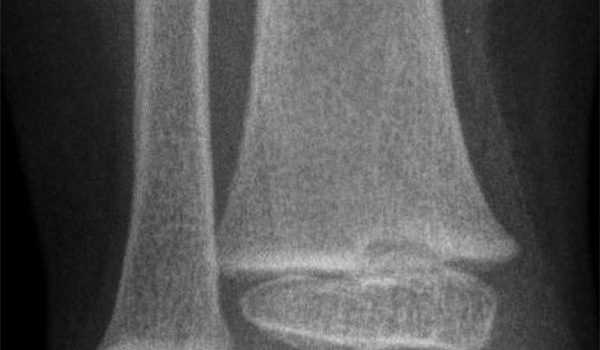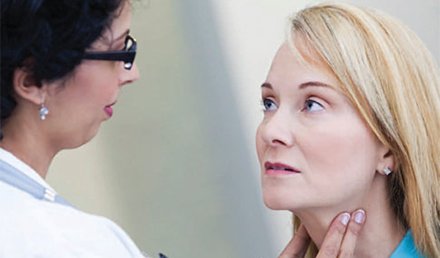The patient, a 42-eyar-old female, presented with a complaint of red bumps on her lower extremities that were warm and painful to touch. She reported that the lesions appeared 2 days ago, and she was running a fever and feeling tired and generally ill (headache, joint stiffness, and body aches). The patient denied taking any medication except for ibuprofen for symptom relief. On exam, multiple poorly defined erythematous nodules and plaques were observed in a …
Read MoreThe Simplest Explanation is Often the Best
Urgent message: Emergency Physicians are trained to rule out the most dangerous, life-threatening diagnosis first. Rarely, this can lead to missing the forest for the trees. Author: Tracey Quail Davidoff, MD Author Information: Dr. Davidoff is an urgent care physician at Accelcare Medical Urgent Care and Urgent Care by Lifetime Health in Rochester, New York. Case Presentation A 23-year-old male graduate student calls the urgent care center asking if he can be seen for dizziness …
Read More
3-year-old boy suffering a blow to his leg
The patient, a 3-year-old, had a blow to his lower leg. View the image taken and consider what your diagnosis would be.
Read More
Lymphadenopathy in urgent care: evaluation and management
Urgent message: Lymphadenopathy is a common presenting issue in urgent care. Most cases are benign, but be on the alert for “red flags” that could signal malignancy. MARIA V. GIBSON, MD, PHD, and DANIEL A. CHERRY, MD Consider how you would manage the following patient presenting with lymphadenopathy. A 39-year-old male truck driver presented to the urgent care clinic with a 2- to 3-week history of “swollen glands” in both sides of his groin. They …
Read MoreM.O.C.: What a Mess!
“Marauding Our Cash,” Mockery of Certification, “Malady of Commonsense.” I’ve had a lot of fun coming up with new definitions for the wildly unpopular Maintenance of Certification, or M.O.C. Back in 2003, the American Board of Medical Specialties (ABMS) and their member boards, decided unilaterally that 8 years of education, 3 to 7 years of residency training, MCATs, USMLE Parts I, II and III, specialty board certification exams, annual continuing medical education (CME) requirements, “specialty …
Read More
June 2012
Developing Data: June, 2012
These data from the 2010 Urgent Care Benchmarking Survey are based on responses of 1,691 US urgent care centers; 32% were UCA members. The survey was limited to “full-fledged urgent care centers” accepting walk-ins during all hours of operation; having a licensed provider and x-ray and lab equipment onsite; the ability to administer IV fluids and perform minor procedures; and having minimal business hours of seven days per week, four hours per day. In this …
Read MoreBenchmarks for E/M Codes; Place of Service (POS) Codes
DAVID STERN, MD (Practice Velocity) Q. Is there a benchmark for E/M codes in the urgent care setting? For instance, are there a certain percentage of 99213 vs. 99214 for established patients? Currently out urgent care providers’ coding is being compared to CMS Family Practice standard. A. To my knowledge, there is no published information detailing E/M distribution for urgent care facilities. If there was, however, it would simply document what was actually being coded …
Read MoreClinical Challenge: June, 2012
The patient, an 18-year-old male, presented after a fall and blow to the right trochanter. He was ambulating well. View the image taken (Figure 1) and consider what your diagnosis would be. Resolution of the case is described on the next page.
Read MoreAbstracts in Urgent Care: June, 2012
Is Oral Antibiotic Therapy Enough for Children with Acute Pyelonephritis? Key point: A randomized trial failed to prove the acceptability of oral antibiotic monotherapy relative to sequential intravenous and oral therapy, but evidence supporting and treatment alone as an option is accumulating. Citation: Bocquet N, Sergent AA, Jais JP, et al. Randomized trial of oral versus sequential IV/oral antibiotic for acute pyelonephritis in children. Pediatrics. 2012; 129(2): e269-275. Children with acute pyelonephritis typically receive intravenous …
Read More